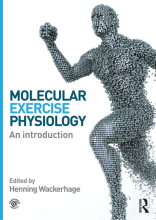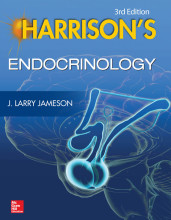Summary: Clinical Movement Analysis
- This + 400k other summaries
- A unique study and practice tool
- Never study anything twice again
- Get the grades you hope for
- 100% sure, 100% understanding
Read the summary and the most important questions on Clinical Movement Analysis
-
Gait Analysis
This is a preview. There are 3 more flashcards available for chapter 02/06/2015
Show more cards here -
Is an inverted double pendulum able to walk?
It is -
What are the spatiotemporal parameters of walking?
Steplength: difference between the position of the right vs left and left vs right foot
Stride length: steplength right + steplenght left
Step width:
stride time: extends from heelstrike of 1 heelstrike to the heelstrike of the other foot
Step time
double stance time
single stance time -
why would you focus on the events in the gait cycle?
they are well-defined so they're practical to use -
why would you focus on the phases of gait?
They have a more functional meaning in analyzing the gait than events -
What is the goal of the pre-swing?
preperation of the legs for the swing, you bend you stance leg and unload your swing leg -
what is a parameter behind the optima for speed, step length and cadance?
energy efficiency -
How does body size influence velocity, cadence, steplength and stridelength?
cadence reduces as a function of steplength (linear), swing time increases as a function of leglength. Stride length increases as a function of height. -
Do you have to strive for a symetrical gait pattern?
Only if the underlying impairment gets treated -
2D Kinematics
This is a preview. There are 2 more flashcards available for chapter 03/06/2015
Show more cards here -
what movements is the m. sternoclastoïdius involved in?
proximal: flexion of the highest verterae
Distal: extension -
what is the difference between plantigrade and digitigrade?
digitigrade is for walking on the toes (digits) and plantigrade for walking on the whole foot
- Higher grades + faster learning
- Never study anything twice
- 100% sure, 100% understanding

































